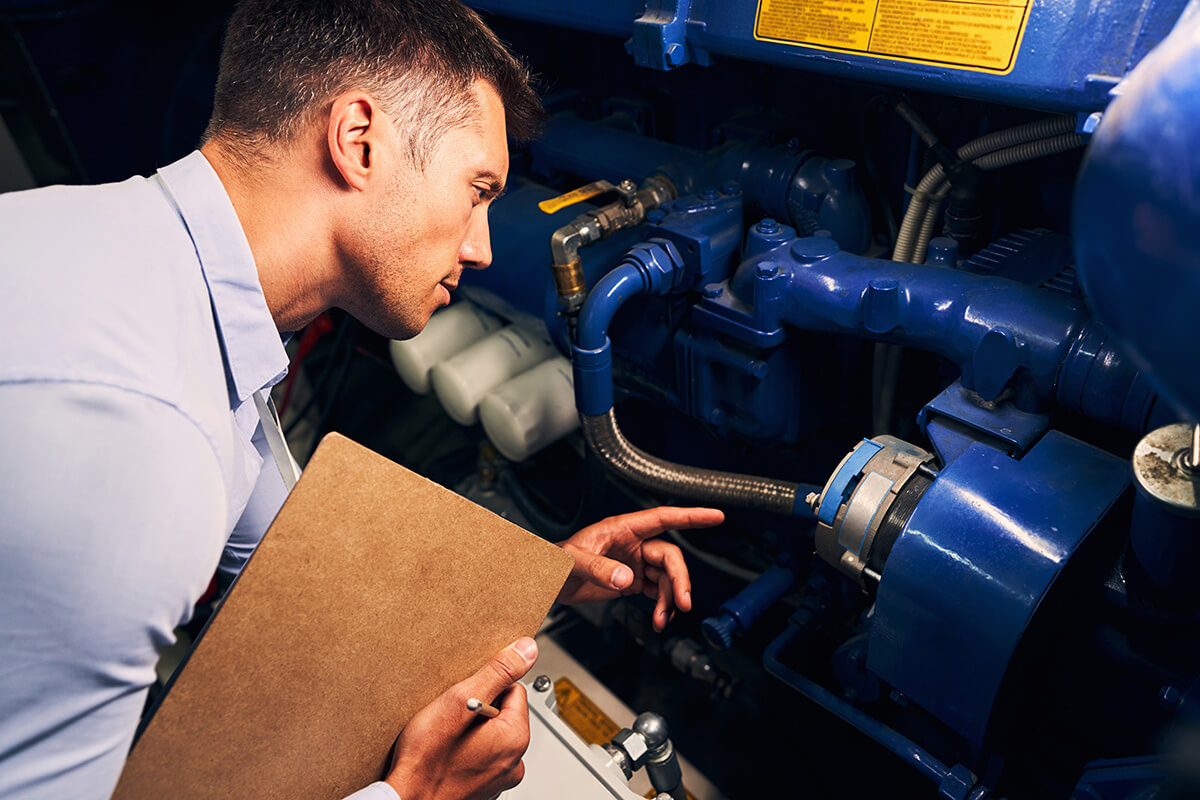Backup generators are essential for providing power during outages and emergencies. To ensure that your backup generator operates reliably and efficiently when you need it most, regular maintenance is crucial. In this comprehensive guide, we will explore a range of maintenance tips and best practices that will help you maximise the performance and longevity of your backup generator.
Maintenance Checklist
Having a comprehensive maintenance checklist will ensure that you cover all the necessary tasks to keep your backup generator in prime condition. Here is a checklist of essential maintenance tasks:
Regular Inspections
- Conduct visual inspections to check for any signs of damage, wear, or leaks.
- Inspect fuel lines, connectors, and batteries for any signs of corrosion or damage.
- Clean air filters regularly to prevent dust and debris from clogging the system.
Fuel Maintenance
- Use high-quality fuel stored in a clean and well-ventilated area.
- Regularly check fuel levels and ensure the fuel is topped up.
- Consider using fuel stabilisers to prevent fuel degradation over time.
Oil Changes
- Follow the manufacturer’s guidelines for oil change intervals.
- Use the recommended oil type for your specific generator model.
- Regular oil changes help reduce friction, prevent overheating, and extend the lifespan of the generator.
Battery Care
- Regularly check the battery’s condition and clean any corrosion buildup.
- Top up the water levels in lead-acid batteries as recommended by the manufacturer.
- Test the battery periodically and replace it if necessary.
Cooling System Maintenance
- Inspect and clean the cooling fins to ensure proper heat dissipation.
- Remove any debris, dirt, or dust that may obstruct airflow in the radiator.
- Overheating can cause engine damage, so keeping the cooling system in prime condition is essential.
Load Testing
- Periodically simulate a load on your generator to assess its capacity and performance.
- Load testing helps identify any issues related to engine performance, voltage stability, and overall reliability.
Professional Servicing
- Schedule professional inspections to catch potential problems that may go unnoticed.
- Professional technicians have the expertise and equipment to perform in-depth diagnostics and address complex issues effectively.
Frequency of Maintenance Tasks
The frequency of maintenance tasks can vary depending on the usage and model of your backup generator. Here is a breakdown of the recommended frequency for some common maintenance tasks:
- Visual inspections: Conduct visual inspections regularly, ideally monthly or after significant weather events.
- Fuel maintenance: Check fuel levels regularly and top up as needed. Consider adding fuel stabilisers every 6 months.
- Oil changes: Follow the manufacturer’s guidelines for oil change intervals, typically every 100-200 hours of operation or annually.
- Battery care: Check the battery’s condition and clean it every 3-6 months. Replace the battery every 2-5 years.
- Cooling system maintenance: Inspect and clean the cooling system every 6 months. Remove debris and dirt from the cooling fins and radiator.
- Load testing: Perform load testing annually or after any significant changes to the generator’s load capacity.
Safety Considerations
It’s crucial to prioritise safety when performing maintenance on your backup generator. Here are some key safety considerations:
- Always turn off the generator and disconnect it from the power source before conducting any maintenance tasks.
- Follow the manufacturer’s guidelines and safety precautions outlined in the manual.
- Use appropriate personal protective equipment (PPE) when working on the generator.
- If you’re unsure about any maintenance task, consult a qualified professional.
Maintenance Logs and Record-Keeping
Keeping detailed maintenance logs and records is essential for tracking the history of your generator’s maintenance. Create a log that includes the date, maintenance task, and names of technicians involved. These records verify maintenance completion, provide information for warranty and insurance purposes, and can help in reselling your generator.
Conclusion
Regular maintenance is crucial for ensuring the reliable performance and longevity of your backup generator. By following the maintenance tips outlined in this guide and adhering to the manufacturer’s guidelines, you can have peace of mind knowing that your generator is ready to provide power backup when you need it most. Don’t neglect maintenance; invest the time and effort to keep your backup generator in prime condition.
Remember, safety should always be a top priority when conducting maintenance tasks. If you’re unsure about any aspect of the maintenance process, consult a qualified professional. With proper maintenance, your backup generator will continue to serve as a reliable power source during outages and emergencies.

